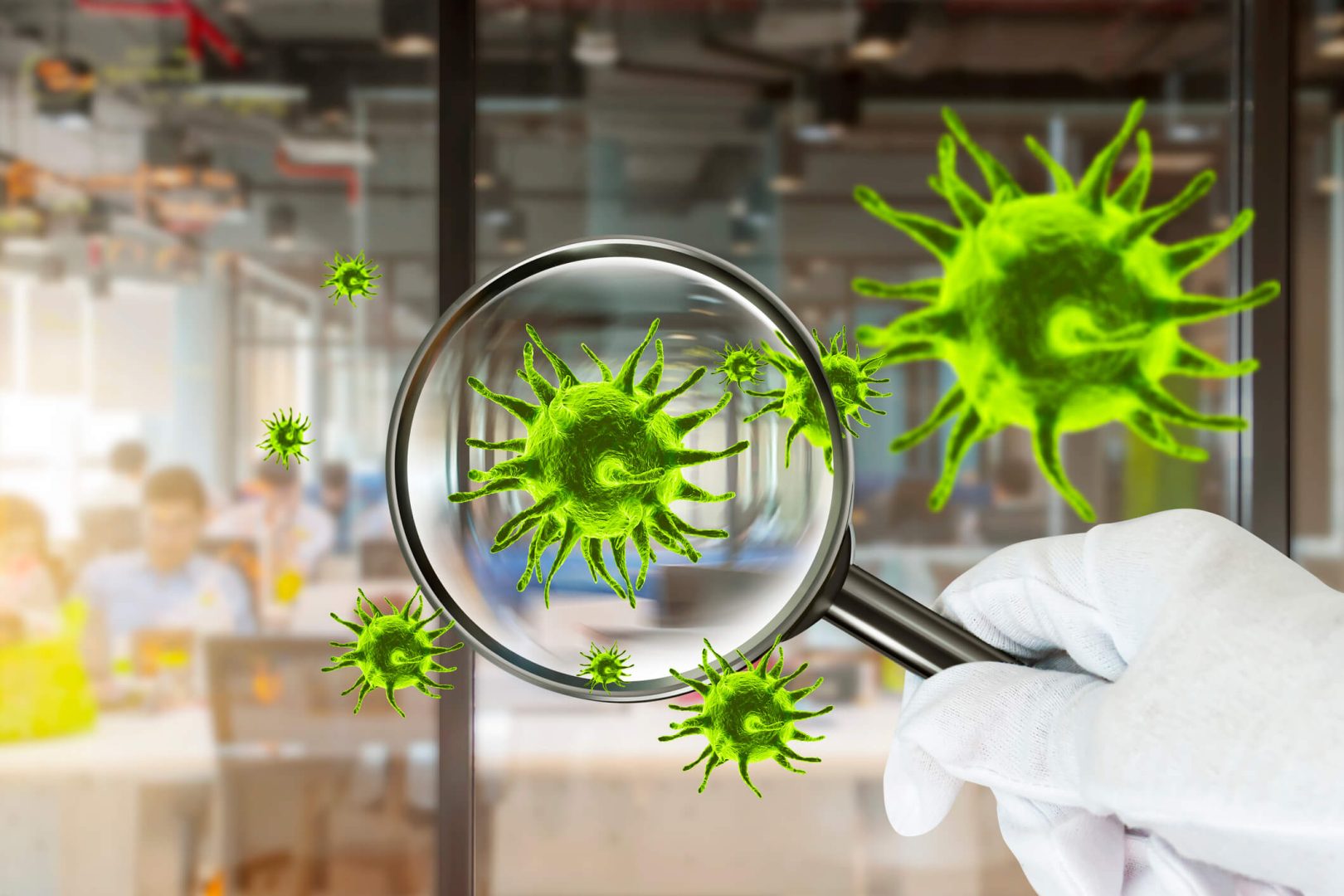Is an invisible cocktail of dangerous toxins making you feel sick at work?
Every day that Kerry* spent at work ended with a pounding headache, a dizzy spell or feeling nauseous. Initially, the health care worker attributed the symptoms to dust being spread by minor construction work nearby.
But when the debilitating symptoms failed to subside, Ausmech Air was commissioned to carry out an indoor air quality test. The results will surprise you.
No construction dust was detected – but there was an unnerving cocktail of invisible contaminants permeating the workplace.
The negative impacts that hidden air pollution has on workers is frightfully real. Find out what you can do to protect your wellbeing.
Is your workplace poisoning you?
An indoor air quality test will accurately reveal what contaminants are in the air that are adversely impacting people’s health.
The healthy facility we tested reported elevated levels of Volatile Organic Compounds (VOCs) and Formaldehyde.
What does that mean?
VOCs are toxic airborne particles. They’re hard to avoid because they are emitted by everyday products – aerosol sprays, disinfectants, and office equipment like printers and furnishings.
Formaldehyde is one of the most common VOCs. In elevated levels, it can cause short and long term health effects like nausea, headaches, and irritation of the eyes, nose and throat.
Exposure to formaldehyde toxins can also cause asthma like respiratory symptoms.
What to do about such a hazardous and pungent pollutant
While there are set workplace exposure standards for formaldehyde in Australia, Singapore has taken a harder line.
Business groups formed the Alliance for Action on Sustainable Spaces to advocate for cleaner, greener indoor air. Their focus is to reduce the use of formaldehyde in furniture-making and building products because the group recognises good indoor air quality “optimises the health and well-being of our places and spaces for occupants.”
Feeling unwell at work is not uncommon
Sick Building Syndrome is a term used to describe a pattern of symptoms like headaches, dizziness, nausea, dry cough or skin irritations that occur while in a building but disappear after leaving.
The effects of SBS are assumed to be caused by poor indoor air quality – and chemical contaminants are a contributing factor.
So what’s the solution?
It starts with pinpointing the cause of indoor air pollution to eliminate exposure at the source.
Diligent air conditioning maintenance also prevents indoor air pollution. Regular inspections and consistently scheduled HVAC maintenance services by commercial air conditioning specialists is the first line of defence against poor indoor air quality – and safeguarding the health of employees.
Are you concerned about the indoor air quality where you work?
Businesses are seeing the benefits of an air quality study of their workplace to identify what potentially toxic substances are present in the air. A safe and clean work environment means better employee health and leads to uninterrupted work and better performance.
If you have concerns about the indoor air quality at your workplace, speak to us about an air quality assessment.









